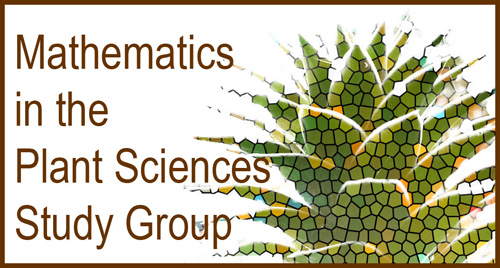 After the ELIXIR/GOBLET workshop before Easter, I headed to Nottingham for another workshop, this time as an onlooker. In a brilliantly eccentric set-up there were actually two parallel workshops, and the participants hopped between the two and had lunch, dinner, and tea breaks in the same rooms. The event I was officially attending was the final meeting of the ‘Systems approaches to study hormone regulated root growth’ US Partnering Award (USPA). The Sixth Mathematics in the Plant Sciences Study Group was in its final two days during the USPA workshop, and some of its attendees presented their research at the USPA meeting or sat in on a session they were particularly interested in.
After the ELIXIR/GOBLET workshop before Easter, I headed to Nottingham for another workshop, this time as an onlooker. In a brilliantly eccentric set-up there were actually two parallel workshops, and the participants hopped between the two and had lunch, dinner, and tea breaks in the same rooms. The event I was officially attending was the final meeting of the ‘Systems approaches to study hormone regulated root growth’ US Partnering Award (USPA). The Sixth Mathematics in the Plant Sciences Study Group was in its final two days during the USPA workshop, and some of its attendees presented their research at the USPA meeting or sat in on a session they were particularly interested in.
The Study Groups are hackathon-style workshops at which mathematicians and computer scientists take on problems set by plant scientists. This year’s problems included analysing 300 standing-electron microscopy images of cell walls, and modelling nitrogen release from the symbiosome. As someone with a traditional science background, of course the solutions the teams came up with were a bit beyond me – which is, after all, the whole point of the Study Group. I was impressed by the solutions that had appeared after just four days of work, which ranged from programmes to quantify subtle differences in images, to a model which predicted the optimum light input for photosynthesis and explained plant acclimatisation to variable light sources.
